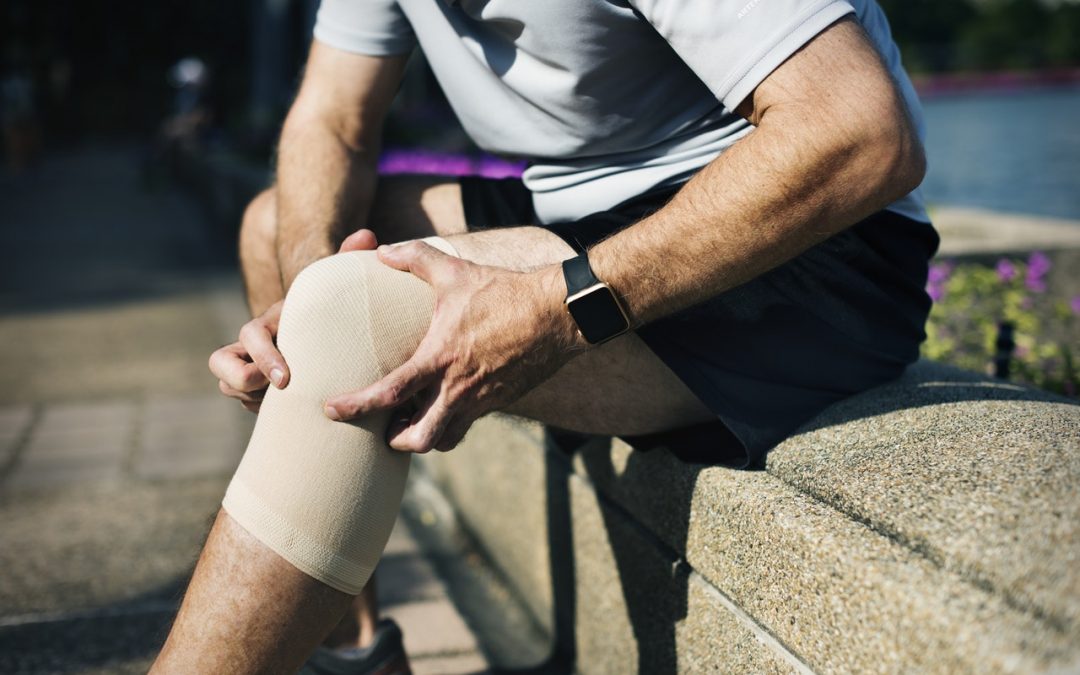For those of you who suffer from arthritis, exercise and arthritis go hand in hand. This is because exercise is vital for a number of reasons . It enhances strength and flexibility as well as eases joint pain. It might seem counterintuitive to exercise when your joints are painful but exercise can help.
This is not about running for miles or swimming at a fast pace. It is about exercising moderately, to help ease pain and maintain your weight. Arthritis can lead to you becoming immobilised and so, exercise help to keep you active.
The Importance of Exercise
You can improve your health and fitness through exercise without causing further problems for your joints. Strengthening the muscles around the joints can help to ease the pain. Suffering from the pain of arthritis can sap you of any energy you have but exercise can increase your energy levels. This, in turn, will improve your quality of life, proving just how important exercise really is.
It is a common misconception that exercise will cause you more pain and problems. However, if you remain inactive, that will cause your joints to become stiff and painful. This is all about maintaining and improving strength in your muscles and surrounding tissue. This will then support your bones and actually work to ease the pain.
Exercising the Range of Motion
These exercises help to reduce stiffness and enhance the range of motion in the affected joints. These exercises involve carrying out movements such as rolling the shoulders forward or raising your arms. These are exercises that can be carried out on a daily basis and at home.
Exercises for Strength
These exercises are designed to help build muscles that support and protect the joints. One example of this is weight training as that can help to increase the strength of muscles. However, training in this way requires the correct management. Individuals will require rest days to allow the body to recover and the same muscle group should not be trained on consecutive days. You will also need to listen to your body, so if you are sore and swollen, take an extra day rest.
Aerobic Exercise
This kind of exercise helps you remain fit. This will improve your cardiovascular health and enable you to maintain your weight. You will find that your energy and stamina levels increase.
There are many low-impact aerobic exercises available such as walk, swimming, cycling or elliptical training. If you can work your way up to 30 minutes of exercise per day, you will experience the benefits.
Aerobic exercise that has a moderate intensity is the most effective form of exercise. It is also more beneficial if it is carried out 3-5 times a week. One way of identifying whether the exercise is moderate is to see if you can hold a conversation during exercise. If you can, then the exercise is the correct intensity.
Remember to take your time
Following exercise, you might notice that you experience some pain or discomfort. This might be true if you have not exercised for some time. However, if you are sore for more than two hours after exercise, you have probably overdone it. If you have any queries or concerns about what pain should be normal, you should seek professional advice.
If you are an arthritis suffer, require information or would like to book a consultation with Dr Stephanie Barrett, please see our contact page or call us on 0207 730 8508.



